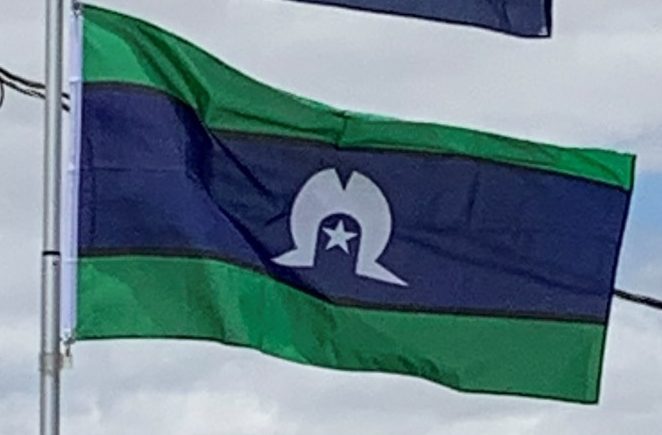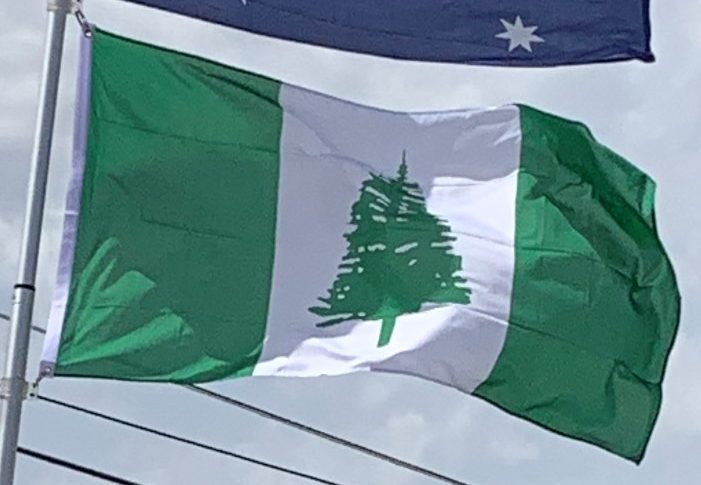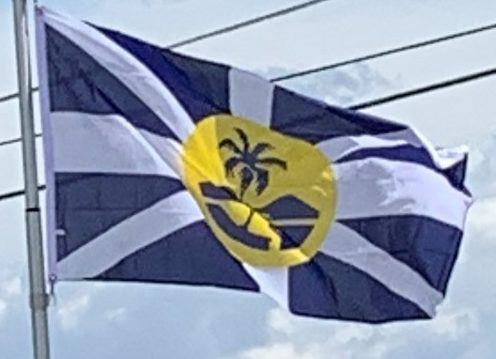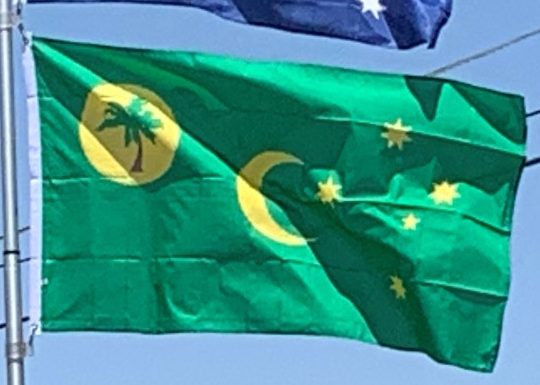Torres Straits Islands
The Torres Strait Islander Flag is an official flag of Australia, and is the flag that represents Torres Strait Islander people. It was designed in 1992 by Bernard Namok. It won a local competition held by the Islands Coordinating Council, and was recognised by the Aboriginal and Torres Strait Islander Commission in June 1992.
The Government of Australia granted it Flag of Australia status, under the Flags Act 1953 (Cth), by proclamation on 14 July 1995.
In the 2008 proclamation, the flag “is recognised as the flag of the Torres Strait Islander people of Australia and a flag of significance to the Australian nation generally” and appointed “to be the flag of the Torres Strait Islander people of Australia and to be known as the Torres Strait Islander Flag”. The design is reproduced in Schedule 1 and described in Schedule 2.
The green panels at the top and the bottom of the flag symbolise the land, while the blue panel in the centre represents the waters of the Torres Strait. The thin black stripes between the green and blue panels signify the Torres Strait Islanders themselves. The white five-pointed star at the centre of the flag represents the five major island groups—the Western, Eastern, Central, Port Kennedy and (N.P.A.) Mainland—and the white dhari (dancer’s headdress) around it also symbolises the Torres Strait Islands people. White symbolises peace, while the star is a symbol for navigation.




